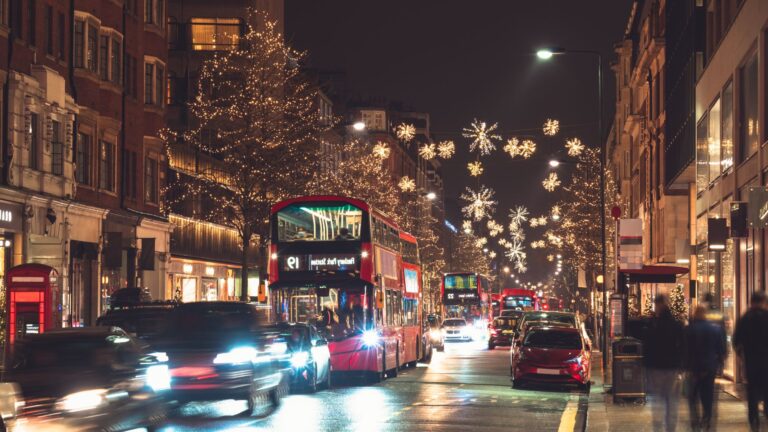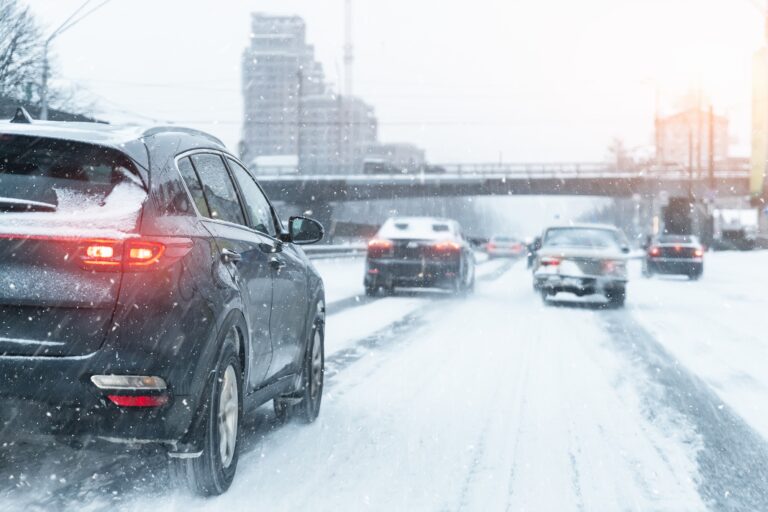If you think the only way to avoid a speeding ticket is to “just follow the speed limit,” think again. In 2025, with smarter roads, sharper enforcement, and technology embedded in every corner of our vehicles, there are more tools than ever to help drivers stay compliant— many of which you might not be using.
Yes, slowing down is the obvious part. But what if there were habits, tech settings, and even psychological tricks that could keep you on the right side of the law without staring at your speedometer every five seconds? Here are ten smart, surprising, and actionable ways to avoid speeding tickets in today’s tech-driven traffic landscape:
1. Use Adaptive or Intelligent Cruise Control
Modern vehicles often come with adaptive cruise control systems that maintain a set speed and adjust for traffic flow. But even basic cruise control can keep you from drifting over the limit—especially in long stretches of road where it’s easy to lose awareness. Get in the habit of using this feature, particularly in zones known for enforcement.
2. Set a Speed Buffer Alert
Many newer cars and EVs have built-in alerts that notify you when you exceed the posted speed limit. You can often set a threshold (like +5 mph), and the system will ping you with a sound, visual cue, or haptic alert. It’s a quiet co-pilot that keeps your foot on the pedal in check.
3. Leverage Real-Time Map & Navigation Warnings
Apps like Google Maps, Waze, and built-in vehicle nav systems now include real-time speed limit data and even speed camera alerts. But here’s the trick: turn on voice alerts. When you’re getting an audio reminder, you don’t need to take your eyes off the road to stay in check. Some apps even allow you to change to voice to something intimidating like Darth Vader’s or “Terminator” Arnold Schwarzenegger’s to keep you alert in an entertaining way.
4. Train Your Foot With a Speed-Minded Playlist
This might sound wild, but studies show that music tempo affects driving speed. Try curating a playlist of slower or mid-tempo songs — ideally under 100 BPM — for city driving. Upbeat, high-energy tracks can unconsciously push you to go faster.
5. Get Familiar With Local Speed Trap Hotspots
Speed enforcement isn’t random. Cities and counties often publish public data on speed camera locations and high-enforcement zones. Take five minutes to check your city’s transportation department website. Knowing where enforcement is concentrated makes you more mindful everywhere.
6. Use Your Car’s Driving Mode Wisely
Some vehicles let you toggle between “sport,” “comfort,” and “eco” modes. Sport mode tends to make your accelerator more sensitive, which can nudge you into speeding unintentionally. If you’re in a zone with tight speed enforcement (like a school or work zone), switch to eco or comfort mode for smoother, slower acceleration.
7. Let Your Car Talk to the Road
Connected vehicle technology is becoming more widespread. Some cars can now communicate with smart infrastructure like traffic lights or digital speed limit signs. As this tech becomes more common, it can give you predictive warnings or adjust your driving profile automatically based on real-time data.
8. Mind the “Flow of Traffic” Myth
Many drivers believe that if everyone is speeding, enforcement won’t target any one vehicle. Not true. Automated speed enforcement cameras and radar don’t care about context and can capture vehicles simultaneously, across multiple lanes and even dual-directional. If you’re over the limit, you’re flagged — full stop. Don’t fall for the crowd mentality.
9. Use Speed Limit Memory Tools
If you’re someone who often forgets the posted speed after you pass the sign, consider dashboard sticky notes, head-up display reminders, or even voice assistant notes. Some drivers use smart watches to show speed limit data directly on their wrist. Small, persistent cues go a long way in building awareness.
10. Let Automation Take the Wheel (Where Legal)
Autonomous driving features in EVs are getting smarter. Many systems now automatically adapt to posted speed limits, slowing you down as you enter school zones or transition from highways to urban streets. While not fully self-driving, these tools are extremely accurate in maintaining speed compliance.
Final Thoughts
Avoiding a speeding ticket in 2025 isn’t just about being cautious — it’s about being smart. Intelligent technology is there to help you stay alert, aware, and within the legal limit. And the best part? These tools aren’t just about avoiding fines — they help save lives.
If you’re driving a modern vehicle and still getting speeding tickets, you might not be using your car to its full potential. Try these tips and turn your commute into a win for compliance and safety.
Want to learn more about the smart technology powering modern Automated Traffic Enforcement (ATE)? Browse our blog section or download our latest infographics to stay ahead of the curve.






